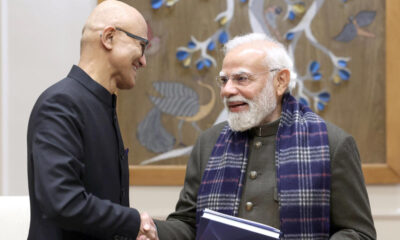The Rustom-2 was tested by the Defense Research and Development Organisation (DRDO) on Friday. Medium-altitude long-range indigenous design Drone to resolve the initial difficulties of the system and complete eight hours of operating Chitradurga, Karnataka, at an altitude of 16,000 feet.
It is estimated that by 2020, the prototype will reach 26000 feet in height and 18 hours of strength.
Rustom-2, based on the mission objectives, can carry various combinations of payloads, including synthetic aperture radar, situational awareness systems, and digital intelligence systems.
It has a satellite communication connexion on a real-time basis to the relay situation in the battle theatre. After eight hours of trial The Rustom-2 had one hour of fuel remaining at the Challakere aeronautical test range in the Chitradurga district of Karanataka and had achieved the test flight ceiling,’ said a senior official.
While the DRDO expects the Rustom-2 surveillance drone to fulfil the specifications of the automated Israeli Heron aerial vehicle used by the Indian Navy and Air Force, it has revitalized its drone program with a new project head and objectives. After the attempted capture of the People’s Liberation Army (PLA), Indian territory in Ladakh on the bases of a 1959 cartographic statement on the Line of Actual Control (LAC), the move Rustom-2 was provided.
The PLA has Wing Loong II armed drones in its arsenal and has also provided four of them to our neighbouring country Pakistan to protect the CPEC corridor as well as The Gwadar port.
Although before being drafted into the Indian military, the Rustom-2 will have to undergo user tests and tests, the Ministry of Defense is reportedly bargaining with the Israeli Aerospace Industry (IAI) Not only to upgrade the current Heron drone fleet but also to equip it with air-to-surface missiles and laser-guided bombs.
According to South Block officials, the technical improvement and arming of the Heron drone are at the stage of the agreement negotiation committee after being approved by the Defense Acquisition Committee (DAC). At the Cabinet Committee on Security (CCS) point, the project would have been more straightforward.
The Heron upgrade includes the installation of a satellite communication link so that there is no time gap in the ground relaying situation and the structure of hardpoints for missiles and laser-guided bombs on the wings. Although their armed drone program has been kept undercover by the Israelis, the Heron has a proven weaponized version.
Also, India has also agreed to go with the cost and numbers being worked out for the American MQ 9B armed drone rather than A surveillance drone from the Sea Guardian. Stand-off weapons belong to the future, and this time India won’t miss the bus.






































